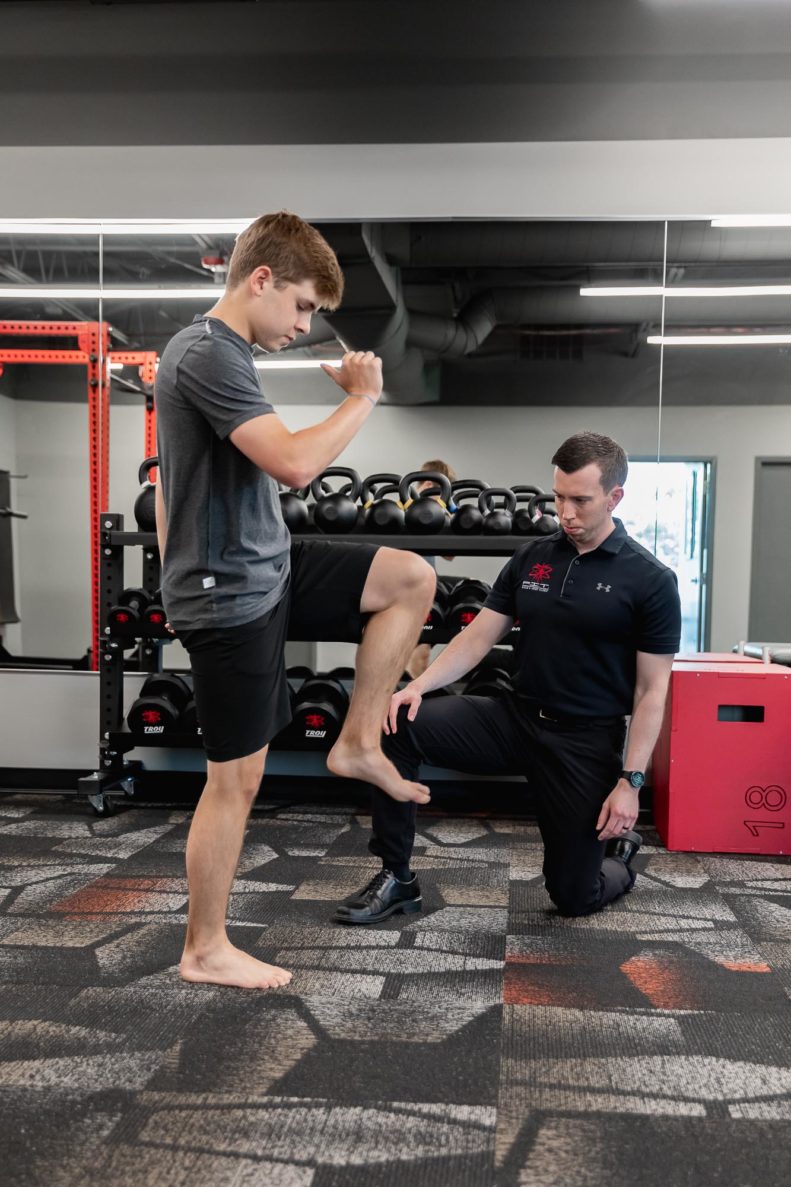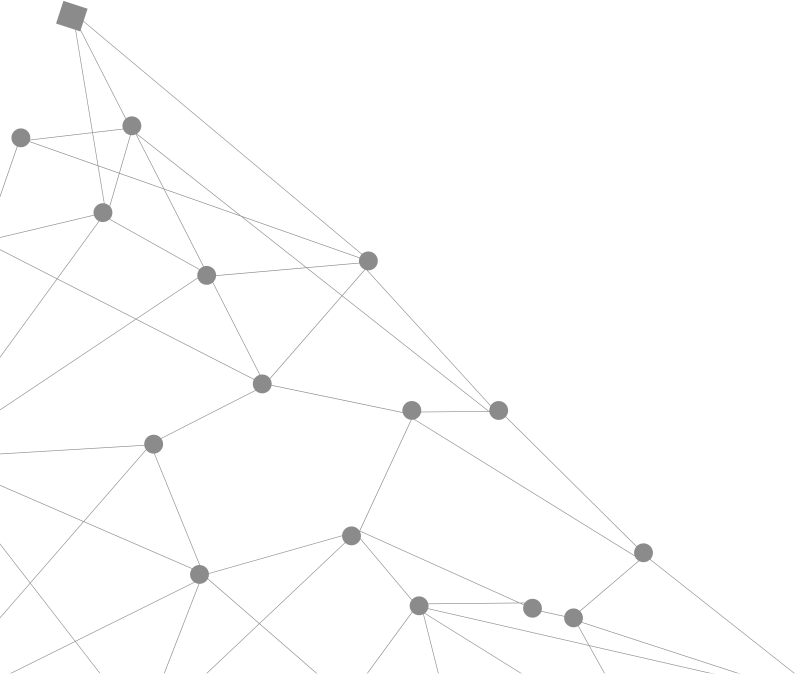
Have you ever thought about the role of balance in your ability to move?
Can you walk on a street curb, hop on one foot, or sit on a physio ball without falling over? These tasks may sound beginner's level, but they’re actually sophisticated movements that improve physical balance. Balance is a skill that’s essential as you move into and throughout adulthood. Improving your balance may not be number one on your priority list, but maybe it should be.
Balance is commonly overlooked, but it is just as important as flexibility, core strength, and mobility.
Our bodies need each of these to function efficiently, but many of us don't actually do exercises to improve them. Great balance facilitates great posture, whether you’re sitting still, exercising, or lifting heavy objects. When you’re balanced, your left and right sides, as well as front and back are all exerting equal effort. No one part of the body is overcompensating for another, and because of this you suffer from fewer aches and pains.
Did you know, balance makes you less accident-prone, and the neuroscience behind it is exciting?
In a 2013 study, researchers at the University of Michigan, in Ann Arbor, wired healthy young subjects with typical balance ability to electrodes and sent them walking on (and falling off) a narrow beam affixed to a moving treadmill. Turns out, when people with good balance start to fall, the sensory motor cortex of the brain (the area that receives and interprets sensations) immediately registers that the body is no longer steady. Neurons that track errors, navigation, spatial orientation, planning, and regulation also become instantly activated, while the eyes suss out the body’s new position and how fast it’s moving in space. The muscles react accordingly and right themselves before you hit the floor. You have roughly 250 to 400 milliseconds to catch a fall, says Daniel Ferris, PhD, a professor of movement science and the study’s lead author. For those who have good balance, that’s plenty of time. But for those who have let their balance skills dwindle, it’s not enough and can quickly lead to a bad spill. According to the Centers for Disease Control and Prevention, falls have been a leading cause of nonfatal injuries in the United States.
If you exercise regularly, you already work on your balance without even knowing it. But, just because you exercise and stay active, doesn't mean there isn't room for improvement.
The following balance exercises allow for an easy way to sneak balance challenges into our busy schedules.
Each of these movements will help strengthen your core, challenge your reflexes, or even better, do both simultaneously leading to better balance. Here are some examples of implementing them into our schedules.
When you’re brushing your teeth:
Stand on one leg. Switch sides every day.
When you’re walking:
Try stepping along the curb instead of the sidewalk. You can also practice at home, for instance, by walking where the kitchen floor tiles form a straight line.
When you drop a small object:
Pick it up while keeping one leg elevated behind you. As you improve, challenge yourself by lifting the elevated leg even higher.
When you’re watching TV:
Sit on an exercise ball instead of the sofa. Start with a half-hour sitcom, then gradually build up the time you spend on the ball.
When you’re having a meal:
Pull the chair up to the table as close as you can to actively engage your core.
At F.I.T. Muscle and Joint Clinic, we love giving our patients stability exercises following an adjustment or manipulation because balance is integral to proper movement. One detailed evidence based technique we specialize in is Dynamic Neuromuscular Stabilization (DNS). DNS begins by training patients how to properly use their diaphragm to breath as well as to achieve intra-abdominal pressure for core stabilization. Each position that is used in DNS mimics a stage of infant development in order to retrain the brain and muscles to fire properly. DNS is rapidly gaining attention and acceptance in the sports rehabilitation and performance arena for both the recovery from musculoskeletal overuse injuries and in injury prevention.
As you can imagine, this is a very specific and detailed rehabilitation movement. Reach out to one of several locations if you have further questions on how to achieve more balance and stability in your life!
